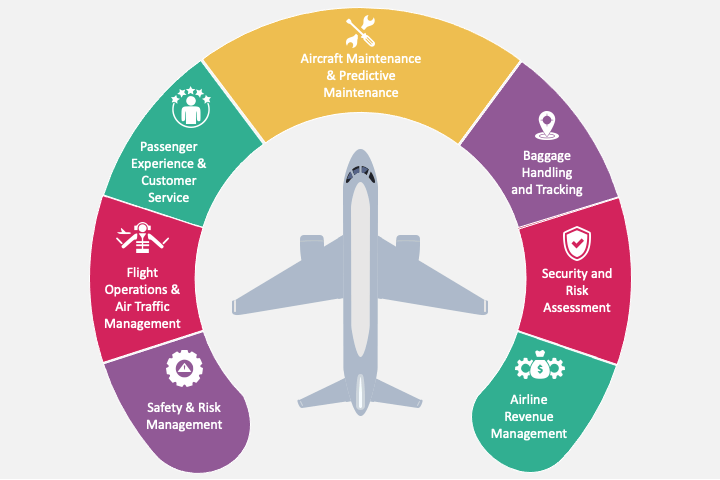The aviation industry has always been at the forefront of technological innovation, constantly pushing the boundaries of what is possible. In recent years, one technology in particular has been making waves in air transport – Artificial Intelligence (AI). AI’s influence on the aviation sector has been nothing short of transformative, revolutionizing everything from safety and efficiency to passenger experience. In this blog, we will delve into the remarkable ways AI has shaped and continues to shape the future of air transport.
Technical Reliability
AI-powered predictive maintenance systems can monitor the serviceability of aircraft components in real-time, helping airlines identify and address issues before they become critical. This not only improves safety but also reduces downtime and maintenance costs. It can also interpret the distribution of faults, their relationship with other faults, as well as their predictability. It can automatically track spare parts and part rotations accordingly. Reliability monitoring systems, which are currently actively used by engine manufacturers (ECTM), can be expanded by aircraft manufacturers to cover all aircraft systems. ISC, MRB and manufacturers can develop much faster and more effective maintenance procedures by processing information from the same data pool.
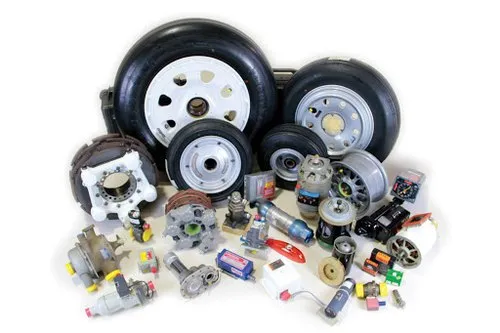
Route Planning
AI-driven algorithms can predict passenger demand, helping airlines adjust schedules and capacities to meet customer needs efficiently. By processing the advance reservation information received by tourism agencies and websites, it can provide very concrete data to the airlines. This results in higher occupancy rates and improved profitability.
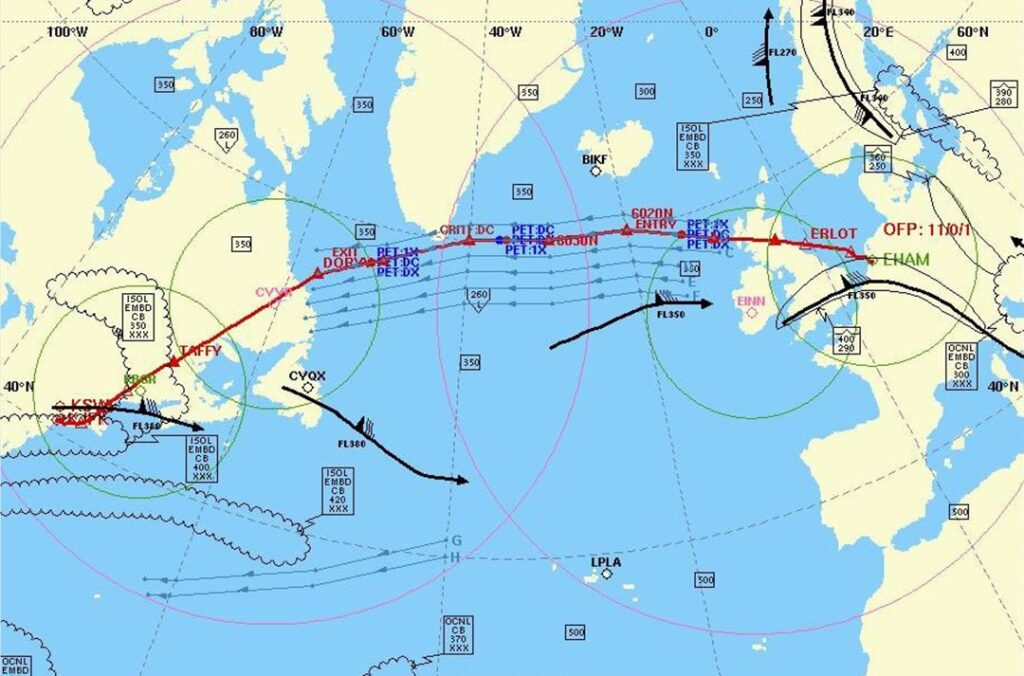
In-Flight Entertainment
Airlines are leveraging AI to personalize services, from booking and check-in to in-flight entertainment and post-flight experiences. Chatbots and virtual assistants can handle customer inquiries, making it easier for travelers to get the information they need. Additionally, AI-powered recommendation engines analyze passenger preferences and behaviors to suggest personalized offers, such as seat upgrades or in-flight entertainment contents. This not only enhances the passenger experience but also boosts ancillary revenue for airlines.
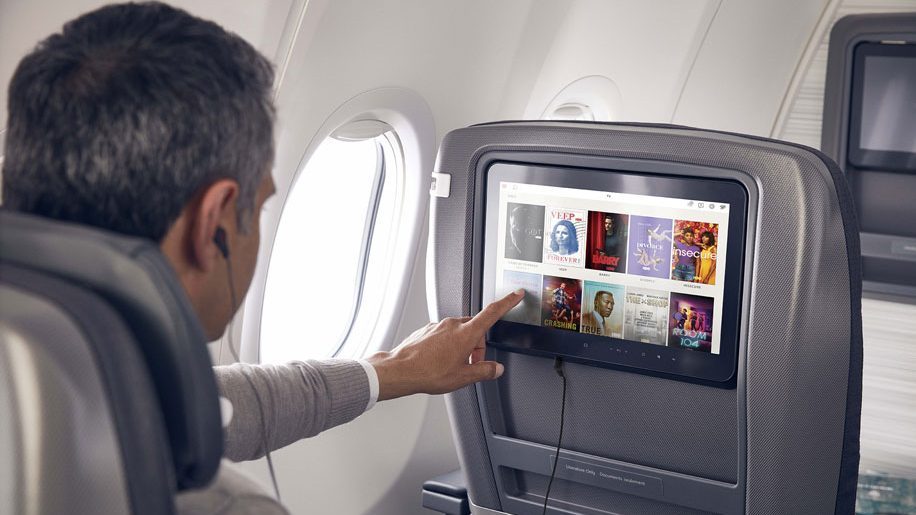
Air Traffic Control
AI algorithms can optimize the flow of air traffic, reducing congestion and delays. They also enable more efficient use of airspace, which is particularly important in densely populated regions. It can instantly monitor volcanic activity to avoid ash clouds, or follow the weather forecast and protect against bad weather conditions. Furthermore, AI-powered automation in air traffic control can assist controllers in monitoring and managing aircraft, increasing overall system efficiency and safety.

Airport Planning and Operation
By mapping passenger density and usage at airports, it can suggest the most effective and efficient interior architecture for all kinds of services. It can update the advertisements and directions in the current airport environment by examining instant passenger interest. By calculating the total weight of the passengers for baggage delivery, it can make free changes between passengers who do not use their baggage allowance or make suggestions for possible seat selection by predicting which passengers will be more compatible with you.
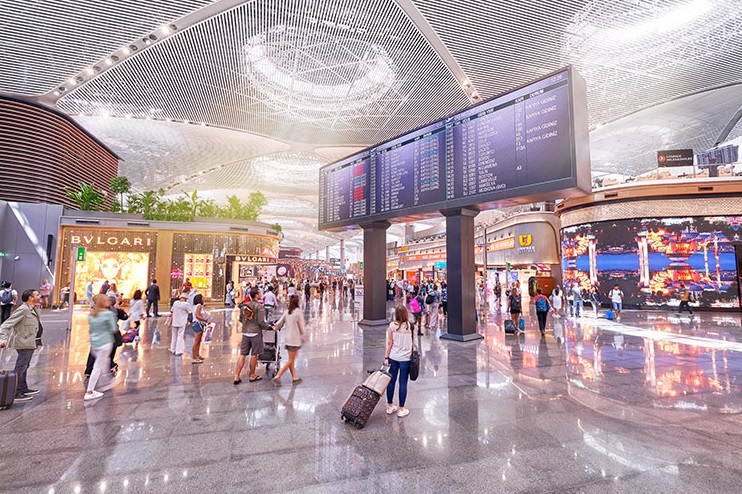
Security and Safety
AI technologies, such as facial recognition and behavioral analysis, are being integrated into airport security systems to enhance screening processes and improve threat detection. These systems can help identify potential security risks and streamline the screening of passengers, leading to increased safety and efficiency.

These examples reflect the diverse ways in which AI can reshape air travel, drive improvements in efficiency, safety, customer experience, and overall industry performance. By harnessing the power of AI, stakeholders in the air travel ecosystem can unlock new opportunities for innovation and sustainable growth. We have no doubt that an interesting and actually exciting future awaits us.
